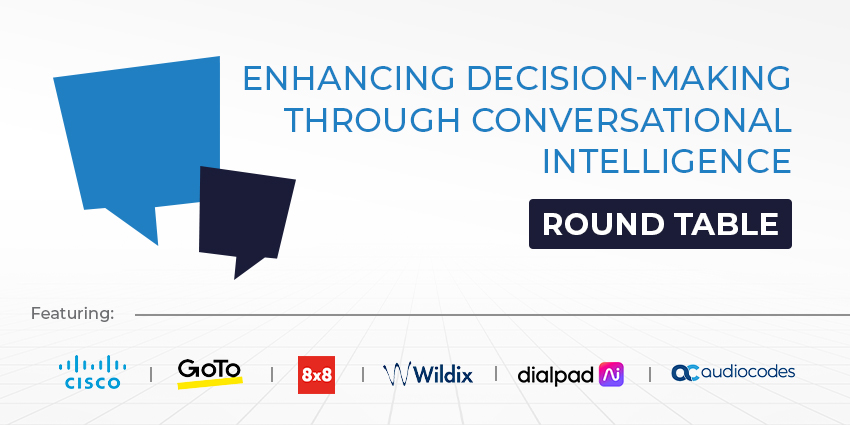Myriad departments, millions of ‘customers’, reams of regulation: the public sector is a complex environment in which effective communication is about as challenging as it gets.
Once a place where traditional voice callers could be on hold for up to an hour, huge advancements in omnichannel communications capability is helping to improve global citizen access to the services upon which they rely.
Just as in vertical sectors such as retail, those citizens crave a fast and frictionless user experience.
They want – and often need – swift responses to critical issues that can have serious consequences if they remain unresolved.
Simple and secure connection to vital public services such as housing, welfare, healthcare, law enforcement, the criminal justice system, social care and much, much more is essential if states and nations are to serve their people effectively.
In many cases, the increasing use of video is playing a significant role.
And, in today’s 24/7 ‘always-on’ world, that means the opportunities for technology providers and their reseller partners are huge.
“The pandemic was an incredible accelerator and people’s expectations around what video could and should be used for changed dramatically,” says Nicholas Ross, Head of Public Sector UK&I at global communications provider Pexip, which is at the forefront of the video engagement revolution.
“A few years ago, it was younger digital natives who were the key audience for many of the digital engagement provided by government, but that’s not the case now.
“Everyone is now more used to technology, video included. People still want to see and speak to a real person but they no longer need that interaction to be a physical one. In fact, they often prefer the convenience of not having to visit an office or sit in a waiting room for long periods of time.
“From scheduling an appointment, to holding the conversation, to then benefitting from the automatic generation of a written transcript of that conversation – it can all be a seamless and very effective experience.”
Indeed, some of Pexip’s customer case studies make for compelling reading.
In Germany, those who interact via video with the giant national work and pensions agency can do so with just three clicks.
And in the US, the Pexip platform handles 600,000 virtual hospital appointments every week.
“Video really is becoming the go-to form of communication for the public sector and is helping to transform the way we all interact with government departments,” says Ross.
“It’s never going to, nor is it designed to replace face to face appointments, but it’s become such a useful tool for overstretched delivery organisations.
“We continually improve the capabilities of the technology to enable it to do things it couldn’t do in the past. For example, our video engine can be integrated via API with existing workflows, providing a truly seamless user experience.
“Another example is using Artificial Intelligence to manage participants’ positions in ways which the brain finds most comfortable.”
Perhaps the most significant aspect of all is ‘user equity’: functionality which provides all users, regardless of their device or the level of their technological experience – with consistent light-touch, low-tech access to the platform.
“Users don’t need the latest high-tech smart device and they shouldn’t have to download a client just to communicate via video,” says Ross.
“The platform seamlessly integrates into service providers’ existing communication workflows; be that web or phone app.”
Security, too, is well-covered.
Most government agencies and healthcare providers must satisfy stringent data protection regulations which can be challenging when deploying cloud-based solutions.
“Security and privacy is rightly hugely important to us and we place a huge focus on it,” says Ross.
“Our platform is able to guarantee UK data sovereignty and comply with health, financial and GDPR legislation.”
The direction of travel is towards providing choice to suit citizens and service users, it seems.
In the face of such powerful use-case examples from around the world, resistance and reticence often associated with serving the public sector market are likely to abate.
Aligning with a provider partner that is already at the heart of that rapidly expanding market is sure to bring reward.
“From a UK&I perspective alone, many of the biggest government agencies that could benefit hugely from a video dynamic to their service delivery are not quite there yet,” says Ross.
“However, the sector is only going one way – to provide more choice; to do things quicker and more effectively; to improve the quality of citizen engagement; and to reduce cost.
“Video is a brilliant tool to help achieve these things.”
To learn more about how Pexip can help you and your customers’ businesses benefit from the public sector opportunity, click here.







